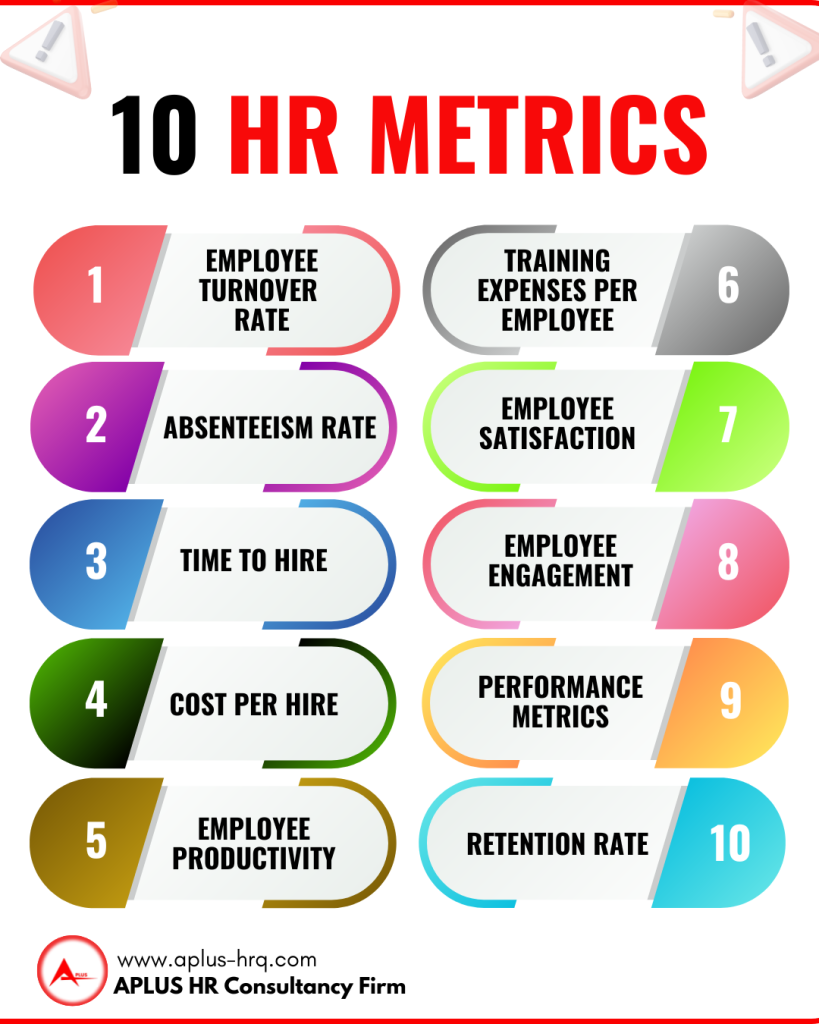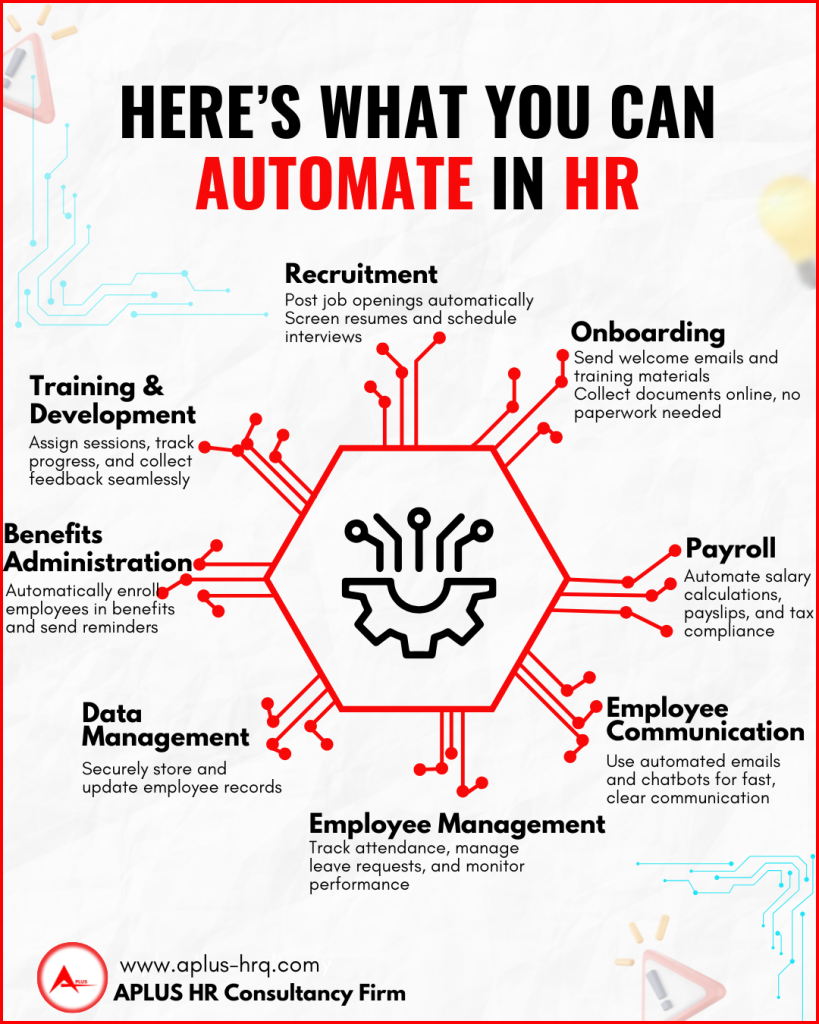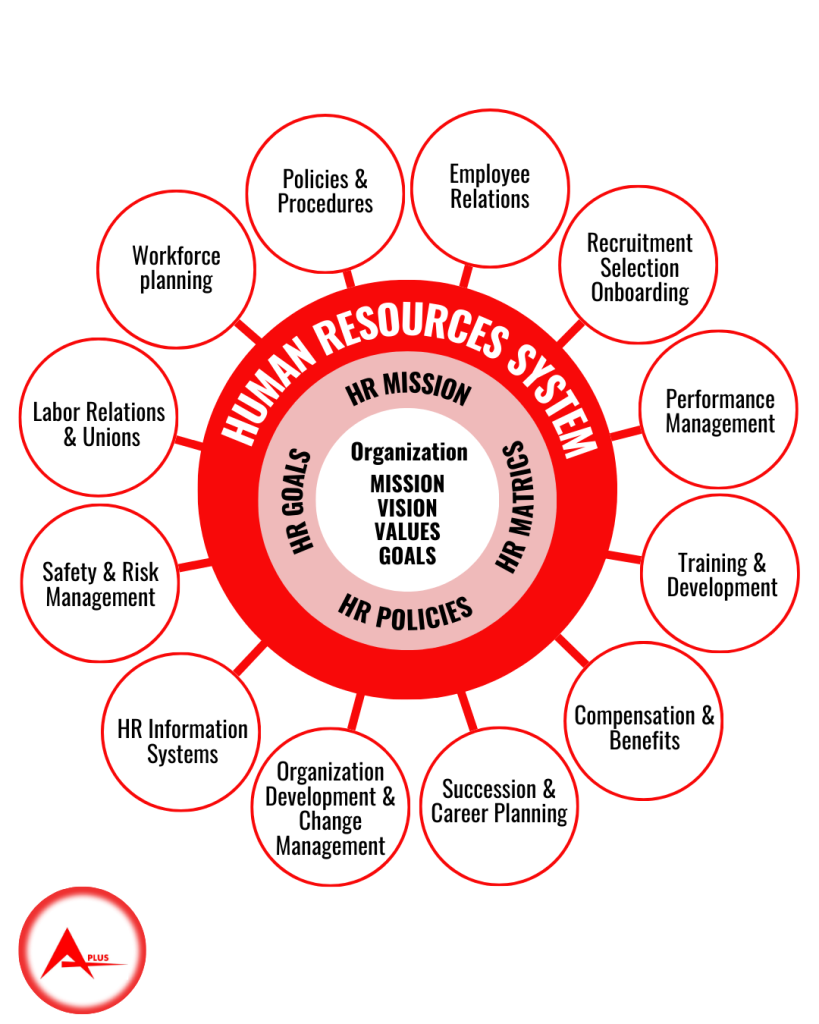Introduction
In today’s competitive business world, success depends not only on sales and operations—but also on how well your people are managed. Human Resources (HR) is more than just paperwork and payroll. It’s the backbone of business compliance, employee satisfaction, and organizational growth.
Yet many business owners in Egypt unknowingly operate with outdated, non-compliant, or incomplete HR systems. They rely on instinct instead of strategy, or assume that “no news” from the HR team means everything is fine.
Unfortunately, this mindset can lead to serious problems:
❌ Labor law violations
❌ Poor hiring decisions
❌ High employee turnover
❌ Legal disputes
❌ Financial penalties
❌ Demotivated staff
That’s why conducting a professional HR Audit and HR Assessment is no longer optional—it’s a critical step to protect your business, improve efficiency, and build a strong, compliant, and productive workplace.
Whether you’re a startup, a small business, or a growing enterprise, understanding where your HR stands—and how to improve it—can save you time, money, and stress.
What is an HR Audit?
An HR Audit is a structured, formal review of your current HR documentation, policies, procedures, and practices to ensure they are legally compliant, consistent, and aligned with business needs.
It examines:
- Employment contracts
- Company policies
- Payroll and benefits
- Employee records
- Legal compliance with Egyptian Labor Law
An HR audit identifies gaps, risks, and inefficiencies in your HR function so that you can fix them before they become legal or operational issues.
What is an HR Assessment?
An HR Assessment goes deeper than compliance. It evaluates the effectiveness and quality of your HR practices—how they support your workforce, improve productivity, and align with your company’s goals.
It includes:
- Recruitment quality
- Employee engagement
- Performance management
- Training and development programs
- Managerial leadership and team culture
Together, the audit and assessment give you a full picture:
Where you are today, what’s missing, and how to improve.
What’s included in an HR Audit & Assessment?
A full HR audit and assessment typically covers:
1. Contracts & Documentation
- Employment contracts
- Offer letters
- Job descriptions
- Termination letters
- Employee files
2. HR Policies & Procedures
- Leave and attendance
- Disciplinary action
- Overtime and working hours
- Health & safety policies
- Employee handbook
3. Recruitment & Onboarding
- Interview process
- Selection criteria
- Onboarding checklist
- Probation period structure
4. Performance & KPIs
- Goal setting
- Performance appraisals
- KPI alignment
- Reward and recognition systems
5. Payroll & Compensation
- Salary structure
- Overtime calculations
- Social insurance compliance
- Payroll documentation
6. Training & Development
- Training needs analysis
- Skills gap identification
- Training plans and records
7. Legal Compliance
- Egyptian Labor Law adherence
- Legal risks in contracts or HR processes
- Social insurance and tax alignment
Benefits of conducting an HR Audit & Assessment
- Avoid Labor Law Penalties
- Fix HR process errors before they grow
- Boost employee productivity and trust
- Professionalize your HR department
- Support business expansion or restructuring
- Make smarter HR decisions backed by data
When to conduct an HR Audit
You should consider an HR audit:
- When starting a new business or hiring your first employees
- After a company restructuring or management change
- Before opening a new branch or expanding teams
- When experiencing high turnover, poor performance, or employee dissatisfaction
- Annually, as part of your risk management strategy
Real Risks of not auditing Your HR
- Non-compliance with Egyptian Labor Law
- Missing contracts or invalid clauses
- Lack of documentation during disputes
- Weak hiring or firing processes
- Employee complaints escalating to court cases
- Inefficient HR wasting company resources
A simple audit could prevent costly mistakes, legal action, and damaged company reputation.
What happens after the Audit?
Once the HR audit and assessment are completed, you receive:
- A full diagnostic report
- Gap analysis with risk level indicators
- Priority action plan
- Checklists and templates for improvement
- Step-by-step guide to implement changes
- Optional follow-up reviews (upon request)
Summary
| Section | Key Points |
|---|---|
| What It Is | An HR audit checks compliance. An HR assessment checks effectiveness. Together, they show the full picture. |
| Why It Matters | Avoid legal risks, improve HR operations, and support business growth. |
| When to Do It | During hiring, restructuring, performance issues, or annually. |
| What’s Included | Contracts, policies, KPIs, payroll, training, compliance, and more. |
| Benefits | Reduced risk, improved processes, better decisions, legal protection, and happier employees. |
Let’s Assess Your HR Today
If you’ve never conducted an HR audit—or it’s been more than a year—your business may be at risk without even knowing it.
Let us help you:
✅ Stay compliant
✅ Improve HR efficiency
✅ Protect your company from legal issues
✅ Build an HR system that supports growth
📩 Contact us today for a professional HR Audit & Assessment:







 What Are Employee Engagement Metrics?
What Are Employee Engagement Metrics?